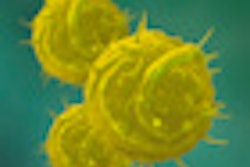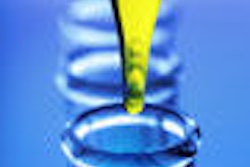Defined sets of factors can reprogram human cells to induced pluripotent stem (iPS) cells. However, many types of human cells are not easily accessible to minimally invasive procedures.
In a study published in the International and American Associations for Dental Research's Journal of Dental Research (JDR, June 17, 2010), researchers from the Gifu University Graduate School of Medicine and Kyoto University evaluated dental pulp cells as an optimal source of iPS cells, since they are easily obtained from extracted teeth and can be expanded under simple culture conditions, the associations said in a press release.
From all six cell lines tested with the conventional three or four reprogramming factors, iPS cells were effectively established from five lines. Furthermore, determination of the human leukocyte antigen (HLA) types of 107 dental pulp cell lines revealed two lines homozygous for all three HLA loci and showed that if an iPS bank is established from these initial pools, the bank will cover approximately 20% of the Japanese population with a perfect match.
Analysis of these data demonstrates the promising potential of dental pulp cell collections as a source of cell banks for use in regenerative medicine, the associations noted. Direct reprogramming of patients' somatic cells would allow for cell transplantation therapy free from immune-mediated rejection.
"This work is significant in that it proposes the exciting potential of stem cell banking from readily available extracted teeth," said JDR Editor in Chief William Giannobile, D.D.S., M.S., D.M.Sc., in the release. "Although at an early stage of development, this innovation offers prospects for cell therapy approaches for the treatment of human disease."
Copyright © 2010 DrBicuspid.com



















